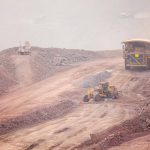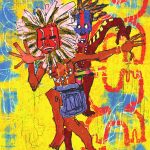The Livingstone Museum:
Your Gateway to the Past
The first thing that strikes you about the Livingstone Museum is the ‘Pioneer Clock’, a four-faced turret clock that was donated to the museum in 1951. For 74 years, the clock has announced the hour to Livingstone residents, on the hour, every hour.
The Livingstone Museum is one of five national museums in Zambia. Located in Livingstone, home to the Victoria Falls and Zambia’s tourist capital, it is the largest and oldest museum in the country. Its collection dates back to 1930 and is one of the largest in Central Africa, making it one of the most important tourist attractions in the country and a national treasure.
The Museum first opened its doors to the public in 1934. In 1937, it was incorporated into the Rhodes-Livingstone Institute to undertake sociological research among the Central African Bantus. The current building, which houses the museum today, was constructed in 1950.
As you enter the museum foyer, you will see a relief model depicting an aerial view of Livingstone, Victoria Falls, and surrounding gorges. In the corner, reverently observing, stands the towering sculpture of an Ila tribesman, entitled ‘Africa Awakes’, as if pre-empting the enlightening experience that a walk through these hallowed halls will yield.
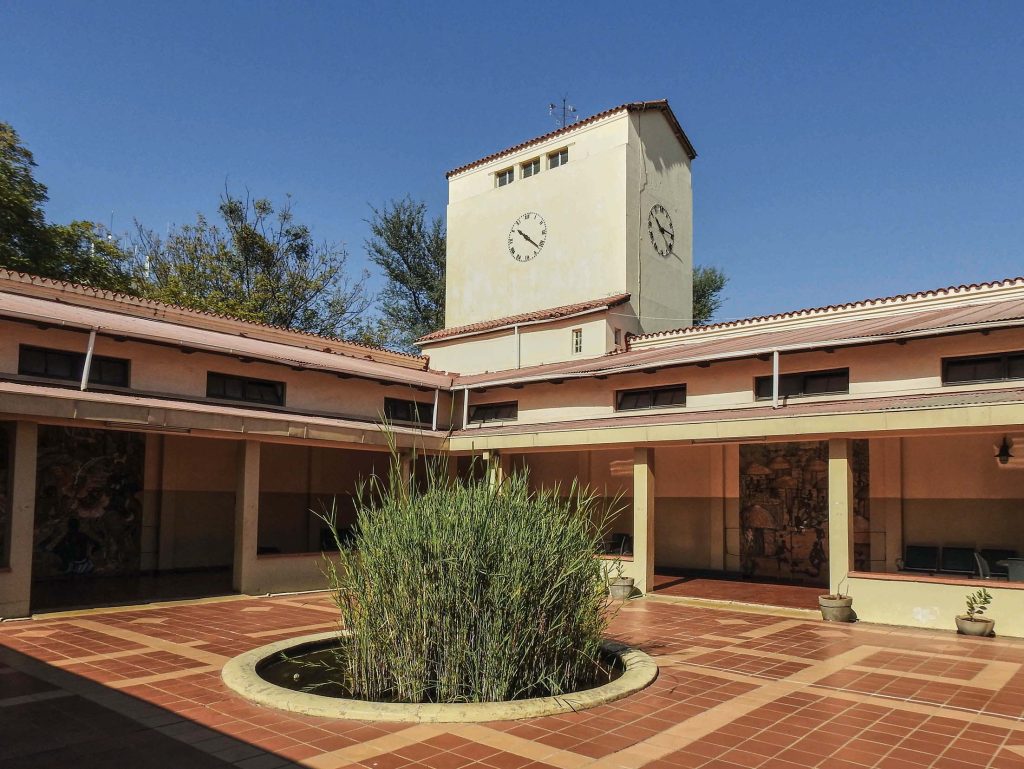
Archaeology Exhibition
The sunlit interior of the foyer is immediately contrasted by the sheltering dim of the Archaeology gallery as if depicting the obscure days of mankind’s birth. The exhibition retells the story of human evolution and cultural development in Zambia, using material evidence sourced from Zambia’s prehistoric sites, dating back as far as the Stone Age.
Here, a major attraction of the gallery is held: a replica of the Broken Hill Man. The skull, dating back over 200,000 years, was discovered in 1921 in Broken Hill (now Kabwe) and provides a link between early and present-day humans. The original skull has remained at the centre of a repatriation deadlock between Zambia and Britain since the 1970s.
Ethnography Gallery
Connected to the Archaeology Gallery is the Ethnography and Art Gallery. The exhibition begins with life-size, interactive scenes of the rural homestead that morph into urban scenes and ends with ‘the museum’, where exhibits related to Zambian cultures and traditions are displayed. The progression of this exhibition describes the loss of Zambian traditions from the villages to urban lifestyles, only to be reconnected to their roots in ‘the museum’.
David Livingstone Exhibition
In this gallery, the visitor is introduced to the life and work of David Livingstone, the Scottish medical doctor, missionary, and explorer who was the first European to extensively traverse Central and Southern Africa in the 19th Century. The main attraction of this exhibit is the explorer’s original traveller’s coat and the surgical instruments he used to practise medicine while in Africa.
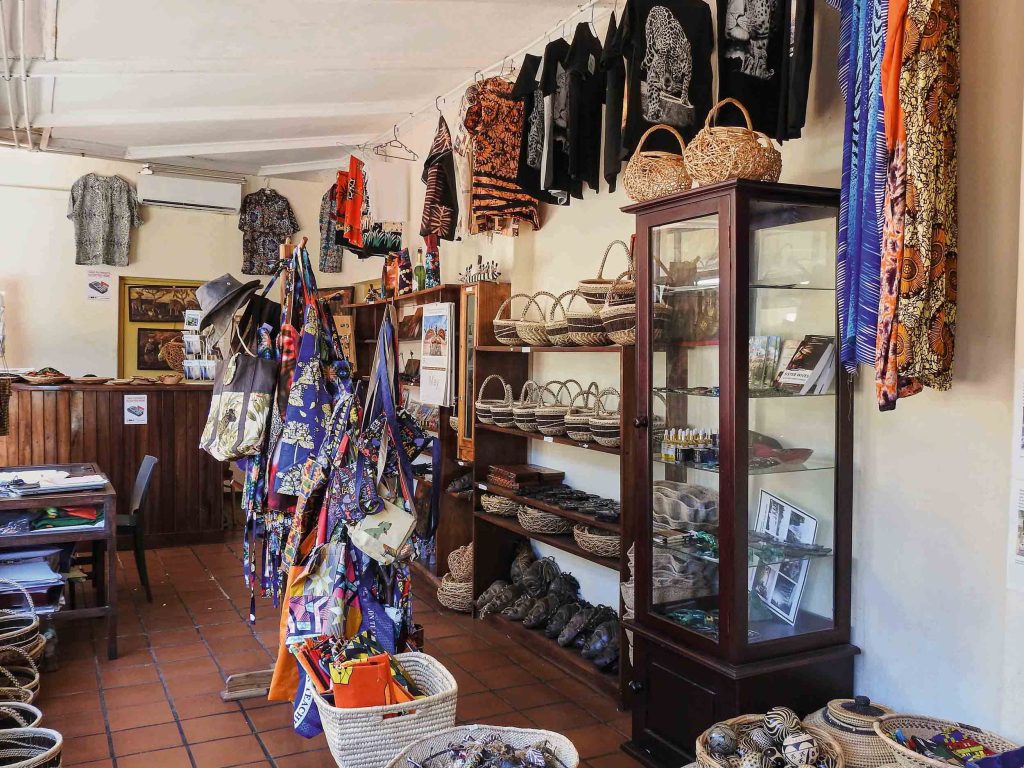
History Gallery
Stepping into the History Gallery transports visitors back in time to 1550, recounting the precolonial history of Zambia from its present day to the past. The exhibition introduces the ancestors of Zambia’s Bantu-speaking peoples who originated in the Luba-Lunda kingdoms of present-day DRC and their migration between the 12th and 18th centuries. The rich exhibition shows Zambia’s power structures before the advent of colonialism. Behind the glass cases, numerous rulers are depicted alongside their regalia and insignia, symbolising their power, legitimacy and authority.
The next scene reveals a diorama depicting European penetration into Zambia from the 1500s to the 1900s, with a model of the slave trade that highlights the evils and effects it had in Zambia. The exhibition recounts the advent of colonialism in Zambia, African resistance to colonial rule, the rise of nationalism and the struggle for independence. The gallery’s last section covers the various political changes and socio-economic developments since independence. Throughout the gallery, the exhibition centres on events and ideologies that have and continue to shape the lives of the people of Zambia.
Much like the achievement of independence, the gallery exhibition concludes with visitors stepping back into the light and the courtyard, an open, interactive space that allows for quiet contemplation, relaxation, or discourse. The courtyard erupts in a riot of colour as three life-size murals by Ranford Sililo from 1951 cover its walls.
Outdoor Exhibits
Outside, various sculptures dotted across the grounds encourage visitors to stop and contemplate. These include a prehistoric iron-smelting furnace, one of the six DHC-1 Chipmunks used in the initial training of Zambian pilots just after Zambia’s independence in 1966, a David Livingstone statue erected for the 150th anniversary of Livingstone’s sighting of the Victoria Falls, and the bust of Emil Holub (1847-1902), a Czech traveller and explorer in Southern Africa, who drew the first-ever recorded map of the Victoria Falls in 1875.
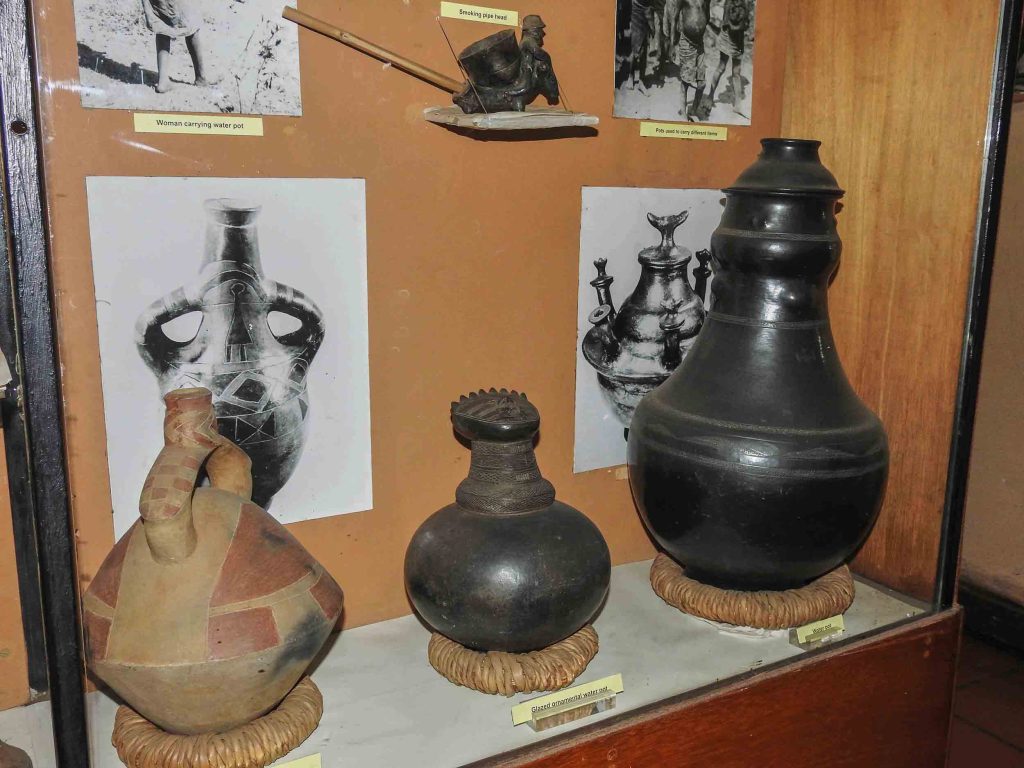
Library and Additional Offerings
Beyond the exhibitions, the Livingstone Museum library is one of the country’s oldest libraries, dating back to the 1940s. The library holds about 7,000 volumes of books and periodicals, including a vast collection of maps. It has some rare collections on the sociology of the Bantu, geography, travel, hunting, geology, history, archaeology and natural history of Zambia and southern Africa. It also houses a valuable collection of publications by well-known explorers and missionaries to the area, such as François Coillard, Emil Holub, and David Livingstone.
The Museum Crafts Shop is stocked with a variety of handicrafts, including basketry, wood carvings, and stone carvings, sourced directly from rural craftspeople in Mongu, the Gwembe Valley, and Mukuni Village. These crafts are made using indigenous techniques, which helps link them to a buying market while keeping traditional skills alive.
To end a day’s journey through Zambian history, Sepo Yaka restaurant offers visitors a welcome respite with fresh meals, snacks, refreshments and traditional Zambian cuisine. For those looking to explore Zambia’s rich cultural heritage while visiting Victoria Falls, the Livingstone Museum offers the perfect starting point to understand the country’s past and present. Plan to spend at least two hours here to fully appreciate all the exhibitions before your next adventure in Zambia’s tourist capital.
Fast Facts & Tips
- The museum is open daily from 9 a.m. to 4.30 p.m., except Christmas Day and New Year’s Day.
- Entrance fees are as follows:
- Residents: Adults K10, children K5.
- Non-Residents: Adults $5, children $3.
- The museum provides facilities for meetings, workshops, and conferences for up to 50 people.
- The museum also houses a laboratory, natural science gallery, and education hall, Mubitana Hall, which opened in 1973.
Contact Information
• Phone: +260 213324429
